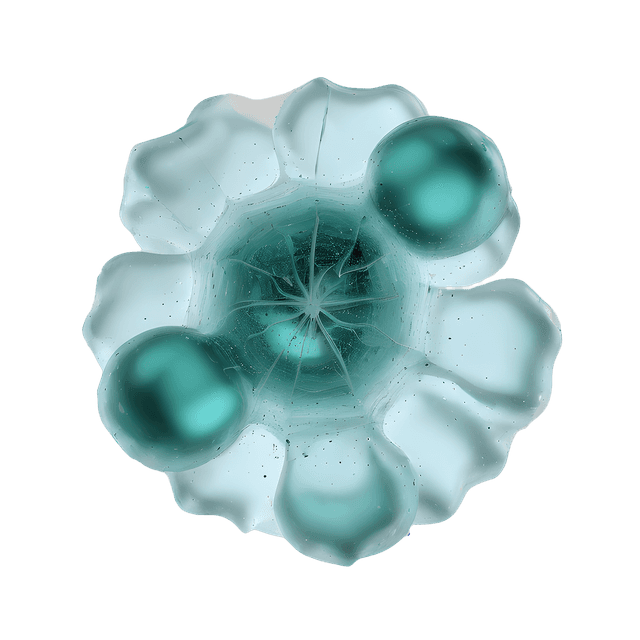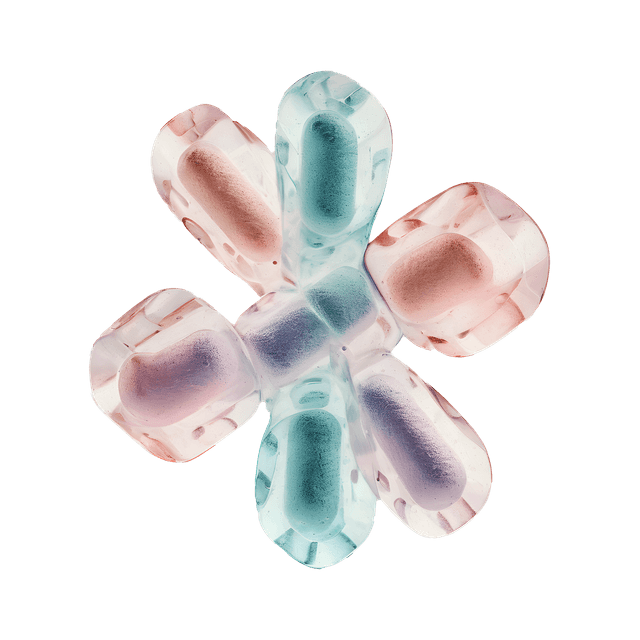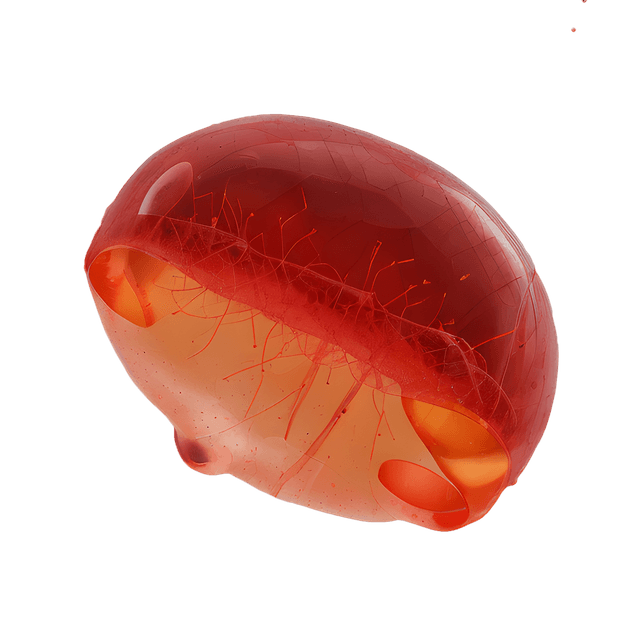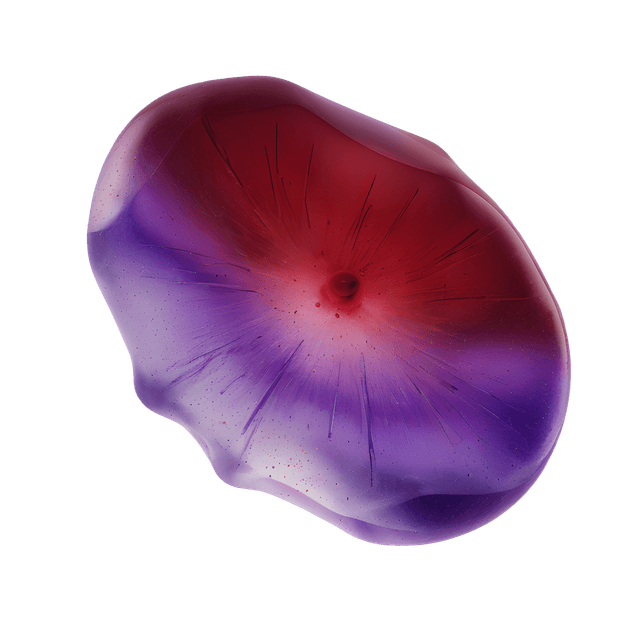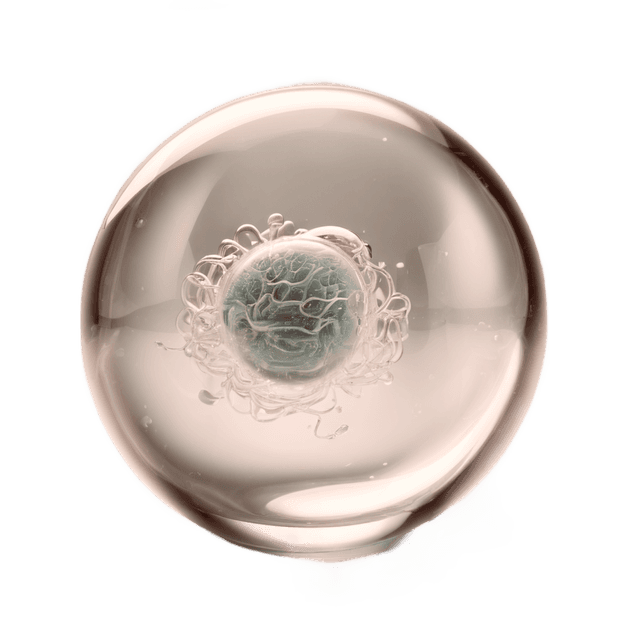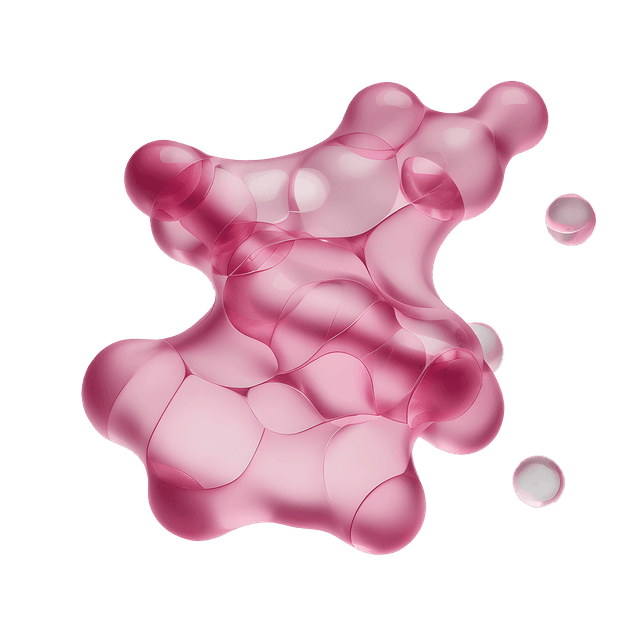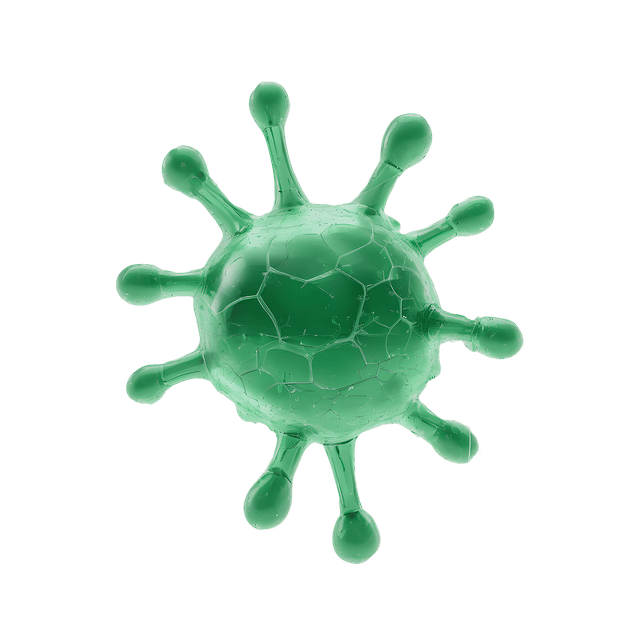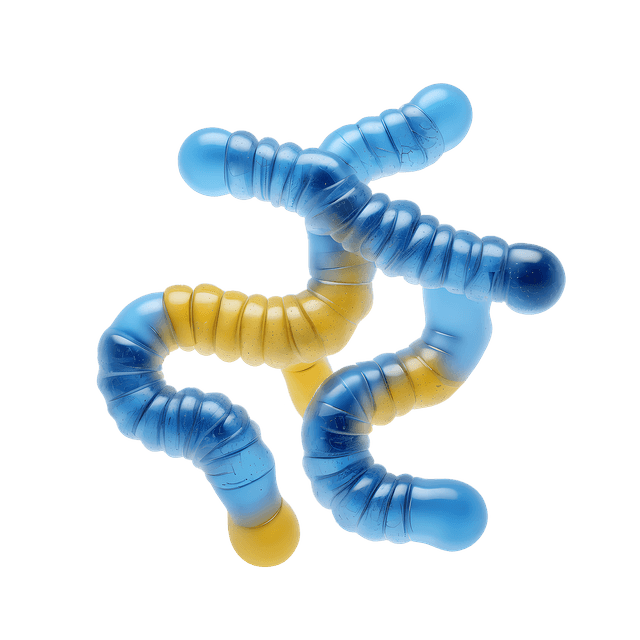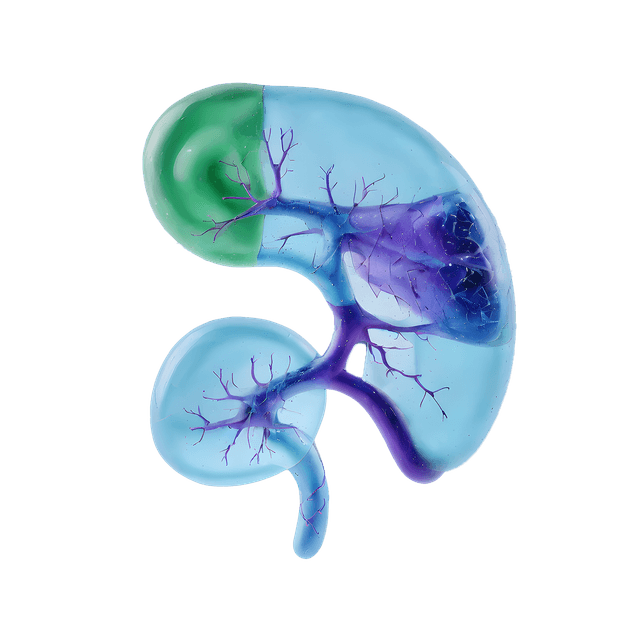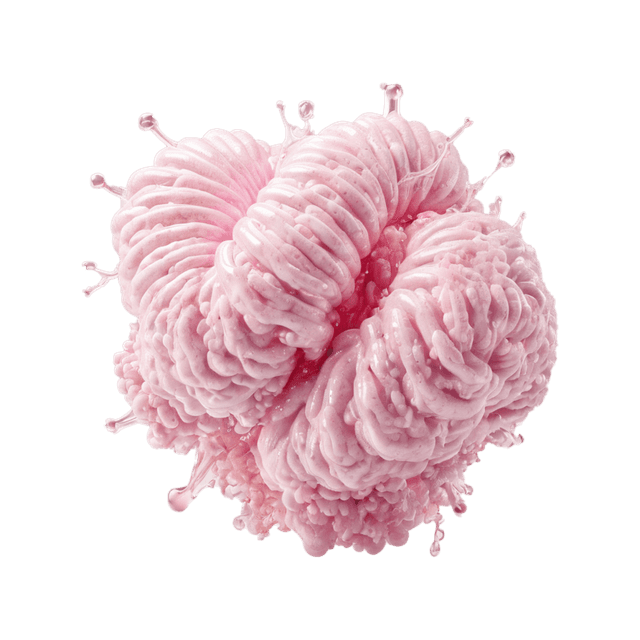What is primary hyperparathyroidism?
Primary hyperparathyroidism is a hormonal disorder that occurs when the parathyroid glands, four small glands located near the thyroid in the neck, produce too much parathyroid hormone (PTH). This hormone plays a crucial role in regulating the calcium levels in the blood, which is essential for proper muscle and nerve function, as well as maintaining strong bones.
In primary hyperparathyroidism, the overproduction of PTH causes too much calcium to be released from the bones and absorbed into the blood. Elevated calcium levels can affect various organs and systems in the body, potentially leading to health problems such as osteoporosis, kidney stones, and complications in the heart and kidneys. In some cases, the disease develops slowly with few or no symptoms, while others may experience fatigue, muscle weakness, and other issues that affect their quality of life.
Causes of primary hyperparathyroidism
One of the most common causes of primary hyperparathyroidism is an adenoma, which is a benign tumor on one of the parathyroid glands. These glands are located on the back of the thyroid in the neck and are responsible for regulating calcium levels in the blood. When an adenoma develops, the affected gland begins to overproduce PTH, leading to elevated calcium levels.
In some cases, all four parathyroid glands may become enlarged, a condition known as hyperplasia. Hyperplasia can also result in increased PTH production, contributing to primary hyperparathyroidism. Research has shown that genetics can play a significant role in the development of the disease, meaning that some individuals may have a hereditary predisposition. Certain genetic syndromes may also increase the risk of primary hyperparathyroidism.
Symptoms
The symptoms of primary hyperparathyroidism can vary significantly depending on the calcium levels in the blood and how long the condition has been present. Some individuals may have mild or no symptoms, while others may experience more noticeable issues. The most common symptoms include:
- Fatigue
- Muscle weakness
- Depression
- Confusion
- Increased thirst and urination
- Abdominal pain
In some cases, the condition is asymptomatic and is only discovered through routine blood tests showing elevated calcium levels.
Diagnosis of primary hyperparathyroidism
The diagnosis is typically made through blood tests that measure calciumand PTH levels. Elevated levels of both usually indicate primary hyperparathyroidism. Additional tests, such as bone density scans, may also be required to assess the impact on the bones.
Treatment options
Surgery
Surgery is the most effective treatment and involves removing the overactive parathyroid gland. Many patients experience significant improvement after the procedure.
Medical treatment
For those who cannot undergo surgery, medications are available to help manage calcium levels. These include bisphosphonates and calcimimetics, which reduce PTH production.
Practical tips for managing hyperparathyroidism
- Regular Medical Follow-up: Ensure you attend regular check-ups with your doctor to monitor calcium levels.
- Diet Adjustments: Eat a balanced diet rich in vitamin D, but avoid excessive intake of calcium-rich foods if advised by your doctor.
- Exercise: Regular physical activity can help strengthen bones and improve overall health.
- Hydration: Drink plenty of water to help your kidneys eliminate excess calcium from the body.



